Land of the Incas: Adventures on the Salkantay Trail to Machu Picchu
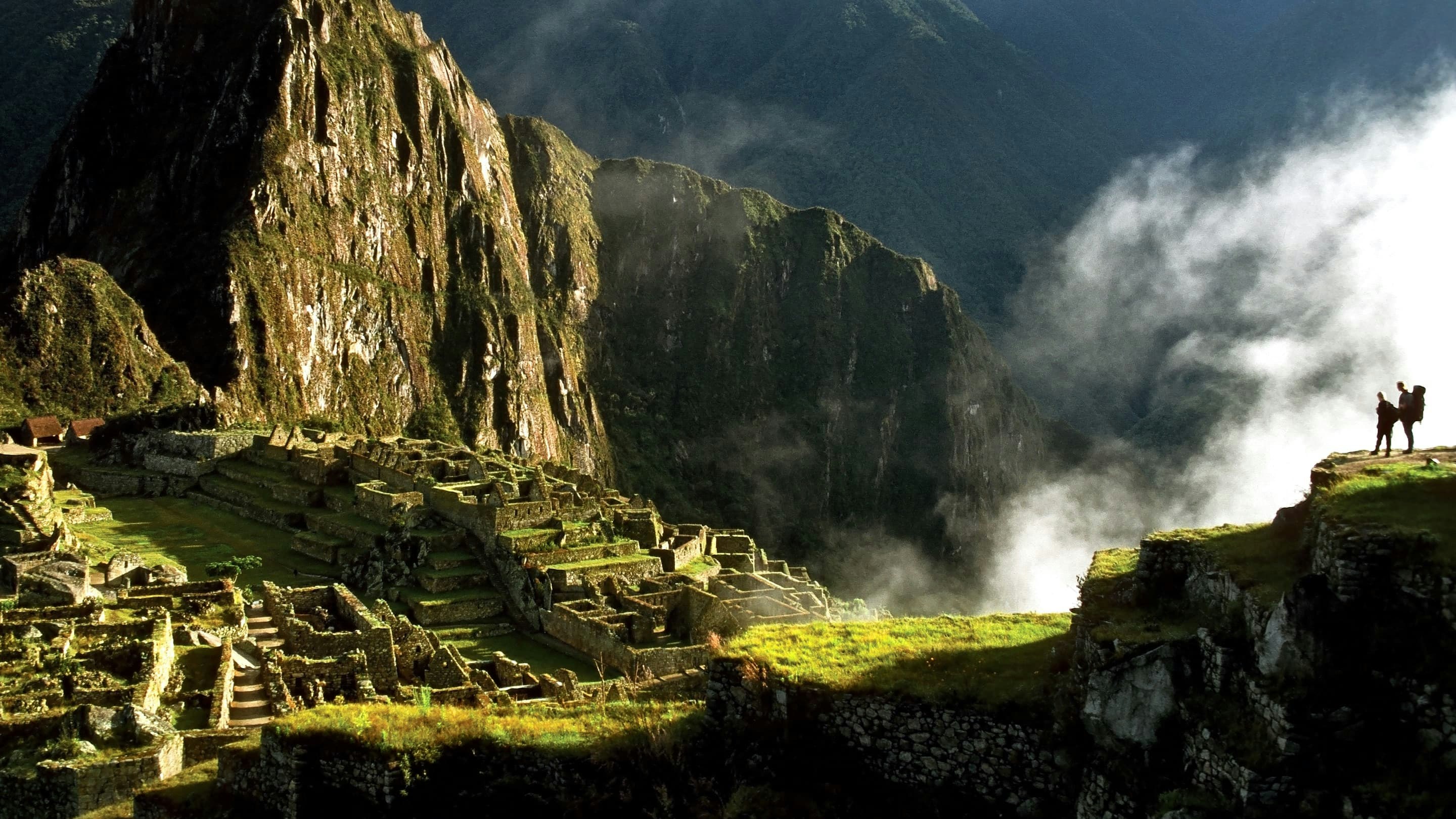
When I departed the US for my trip to Peru I was very excited to spend the next week or so hiking along sections of ancient Inca trails tucked away deep in the Andes. After exploring Cusco’s many colonial churches and squares (often built directly atop of Inca stone structures) and weaving through the skinny cobblestone streets, I headed towards the mountains. This is where the trip really started for me. After hours of winding roads from paved to dirt—passing mule trains, alpacas and village dogs along the way—we got to our drop off point. I exited the van and looked up at the glacial mountains towering over me—WOW! These mountains rivaled the Sierras, Dolomites and even the Himalayas.
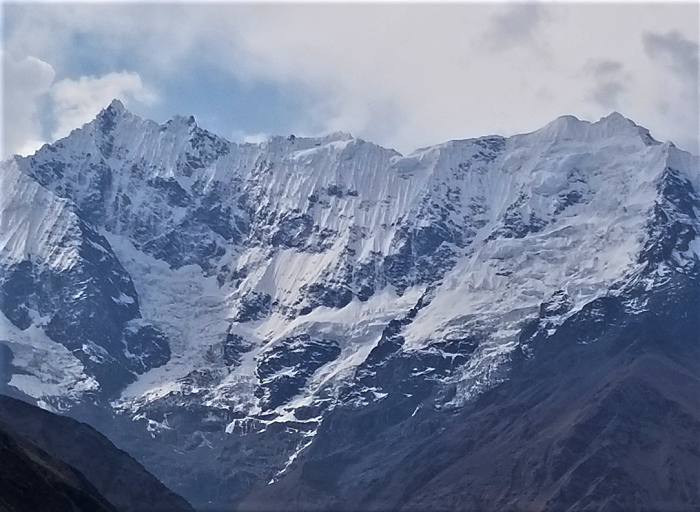
After topping off my water I strapped my pack on and got ready to hit the trail. Pepe, our guide for the next week, led our group up the valley towards Salkantay Mountain which took up much of the skyline standing at a staggering 20,574 feet. I later learned that Pepe is actually a descendant of a famed German adventurer who was the first person to stumble upon what we know today as the citadel of Machu Picchu. This discovery was 44 years before US explorer Hiram Bingham brought it to the world’s attention. There was no one better to lead us along Inca trails towards one of the Seven Wonders of the World than a relative of the first person in recorded history to do so.
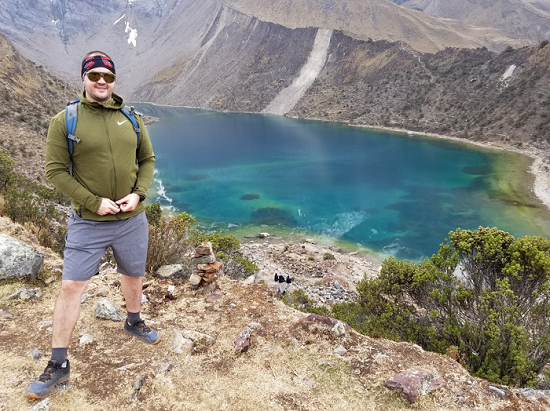
We fueled up each morning on a delicious breakfast consisting of an assortment of local fruits, pastries and coffee. My most memorable moment on the trip would have to be the day we crossed over Salkantay Pass. For every deep slow breath I took, I took one carefully planted step. The thin mountain air seemed to pull me towards the ground while the amazing turquoise lake just ahead drew me closer. The view was literally breathtaking. Looking down at the remnants of the Inca trail I had just hiked up, I was elated with joy. This was the highest point I had ever been. The Salkantay Pass stands at just over 15,000 feet which is hundreds of feet higher than the tallest mountain in the lower 48 states.
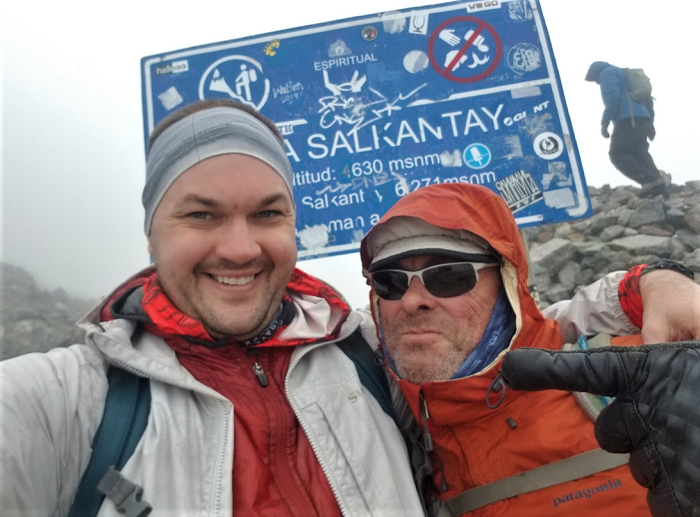
Each day of hiking was different than the last. We hiked full days up and down ridges then deep into jungles along rivers and cascading waterfalls. Towards the end of our trip our group visited the famed Machu Picchu citadel where we were guided around and the intricate stone working and perplexing ancient architecture was explained to us by our guide. From the glacial mountains towering over me at the start of the trek to the lush jungle hugging me with its thick humid air—Peru had shown me how truly diverse its ecosystems are. The citadel of Machu Picchu was amazing but the giant mountains, glacial rivers and thick jungles are what truly stood out to me.
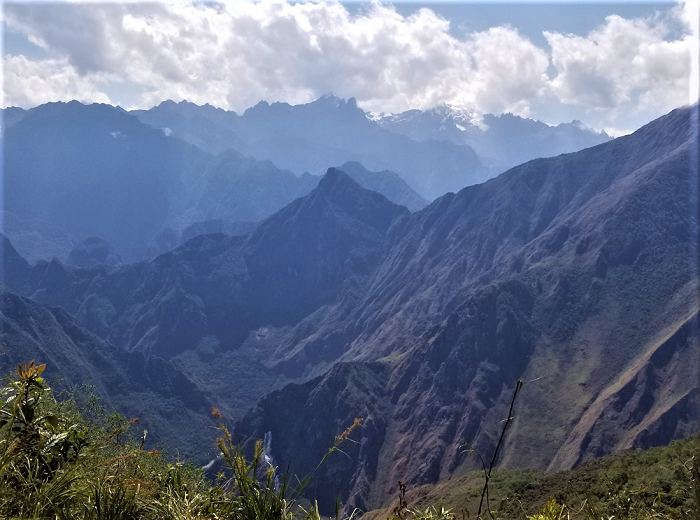
A huge thanks to Mt Sobek, our guides, and my fellow travelers for making this trip a once in a life time experience. I set out with an open mind ready for adventure and returned with a new outlook on Peru and traveling within the region.
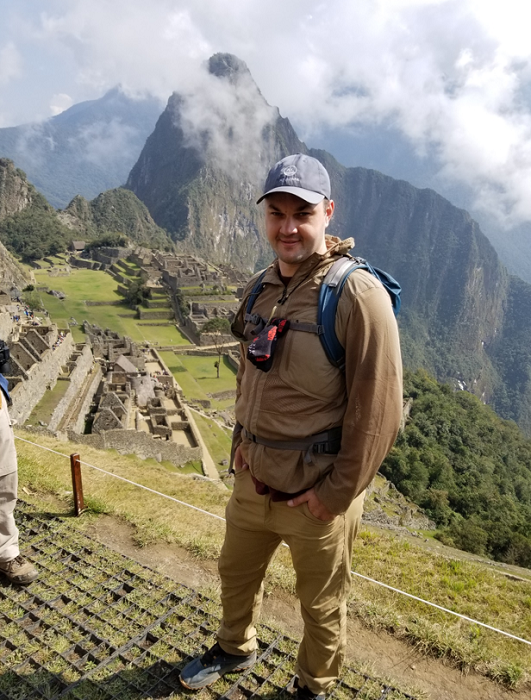
Looking to explore Peru? Check out our Machu Picchu Inn-to-Inn and Machu Picchu Inn-to-Inn Express treks!